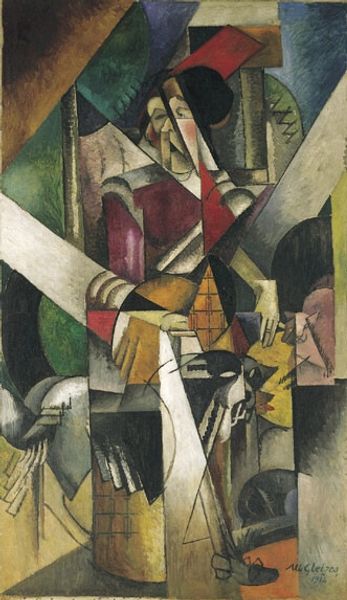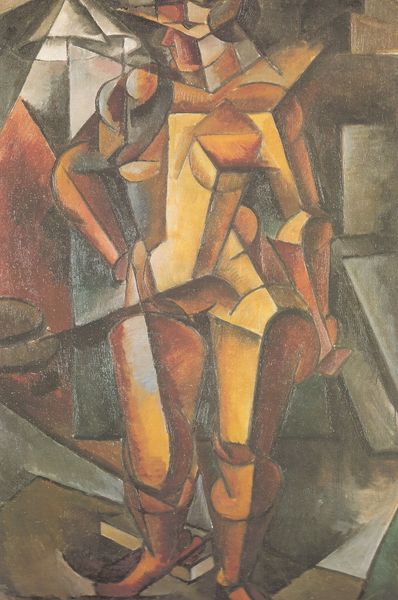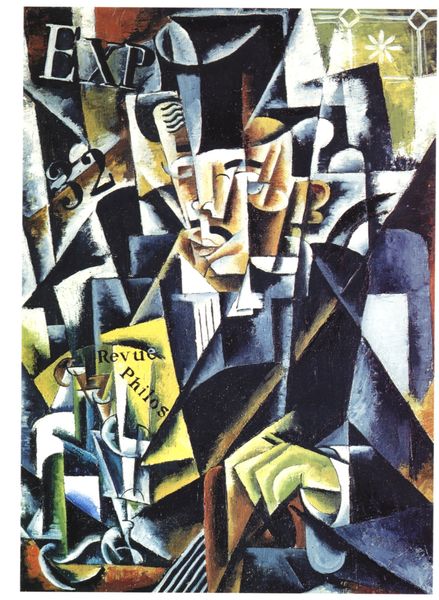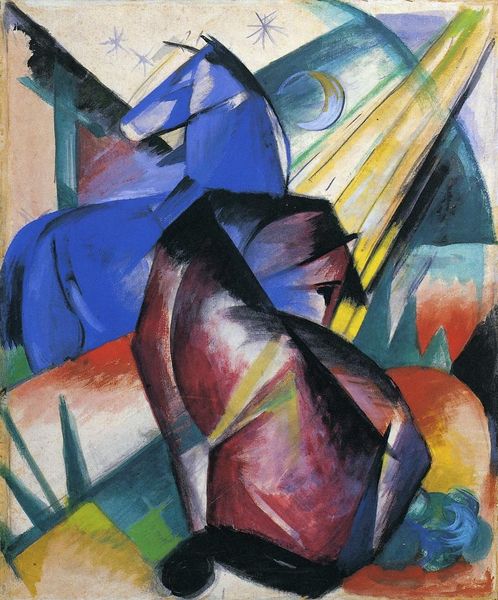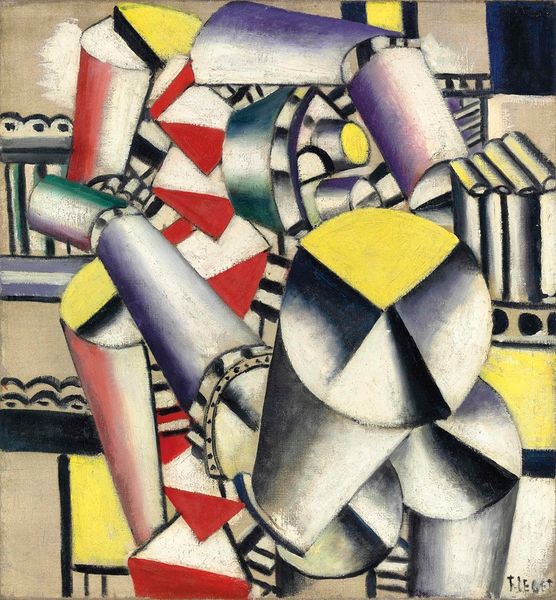
#
abstract expressionism
#
abstract painting
#
graffiti art
#
fluid art
#
neo expressionist
#
acrylic on canvas
#
street graffiti
#
spray can art
#
paint stroke
#
chaotic composition
Copyright: Public domain
What was cubism? Why was it so radical? Cubism refers to an art movement with roots in the early 20th century. Cubist works break up their subjects into multiple perspectives. They challenge notions of perspective and reject artistic traditions of one single viewpoint. 🖼️ Cubism is often closely associated with artists such a Pablo Picasso (1881-1973) and Georges Braque (1882-1963) – but many other painters played a significant role in developing the approach. Maria Blanchard (1881-1932) may be less well-known than her male contemporaries, but she was instrumental in advancing the style. The Spanish painter Maria Blanchard moved to Paris in 1916, where she joined the Section d’Or – a controversial collective of artists who sought to transform perceptions of art and reality itself. In this painting from 1916, Blanchard deconstructs the image of a ‘Woman With a Fan’. She breaks the subject down into geometric fragments, which are rearranged across the canvas – almost like a collage or jigsaw. 🧩 In ‘Woman With a Fan’, Blanchard makes use of bright shades of clashing colour. This is in contrast to the simple colour palettes associated with ‘analytic cubism’. The painter Diego Rivera (1886-1957) described Maria Blanchard’s works as being full of ‘pure expression’. What might she be trying to express in ‘Woman With a Fan’? 👇 Editor: Lucy Jude Grantham
Comments
No comments
Be the first to comment and join the conversation on the ultimate creative platform.
